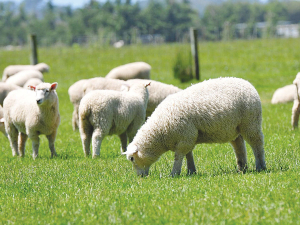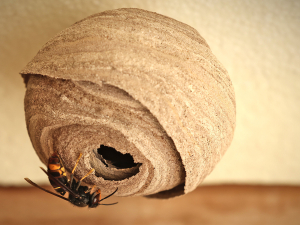Around 5% of ewes in New Zealand will have problems with their udders (udder defects).
These can lead to reduced lamb survival and growth rates. It's a good idea to check udders 4 - 6 weeks after weaning so that affected ewes can be identified and culled.
Studies on lower North Island farms have shown that 2-7% (average around 5%) of mixed-age ewes have udder defects. The lambs that are born to ewes with udder defects will have a reduced chance of survival - their death rate is 3-4 times higher compared with lambs whose dams had a normal udder. Lambs that do survive grow an averafe of 25g less per day so their average weaning weight is around 2kg.
Because of these effects, ewes with udder defects will wean around 11 less kg of lamb compared with ewes with normal udders. The generalised hardness of the udder is often called mastitis. If the infection is recent the udder will be hot and swollen. More commonly, the infection has been there for some time and the udder half or halves will simply feel very hard all over.
If the affected udder half is 'milked' by gently squeezing the teat, in recent infections the secretion might be watery, bloody or clotted. However, if the udder has been infected for some time the secretion may be very thick and discoloured or there may be no secretion at all.
Note that just after weaning the udder is often quite firm as it is full of milk, however an udder half with generalised hardness will be very firm/hard. Ewes with generalised hardness/mastitis in one or both udder halves should be culled.
Checking Udders
Many farmers check ewes' udders at weaning or shortly thereafter.
However, many ewes with apparently normal udders at weaning are found to have udder defects 4 - 6 weeks later. This is probably due to post-weaning mastitis and possibly also because it is easier to feel some defects once the udder has dried-off.
In research studies it has been found that checking ewe udders a few weeks prior to mating (rather than at weaning) is a better predictor of how udders will affect lamb survival and growth for the coming season.
It is therefore recommended to check udders 4 - 6 weeks after weaning in order to find the maximum number of affected ewes but still have time to finalise ewe numbers after mating.
- Source: Beef+Lamb NZ











